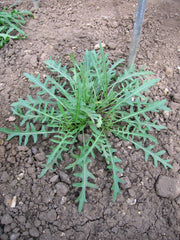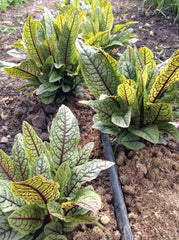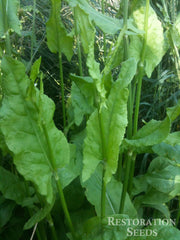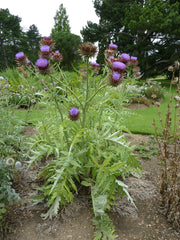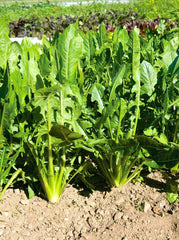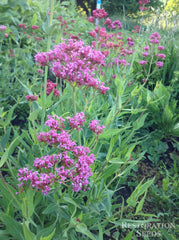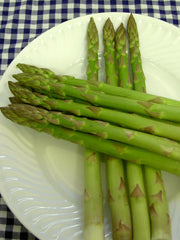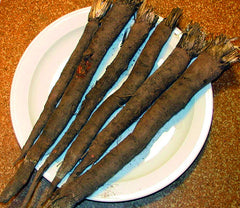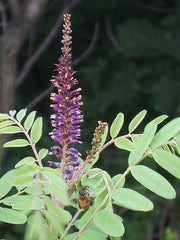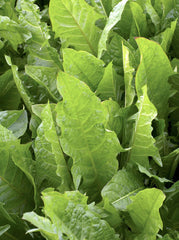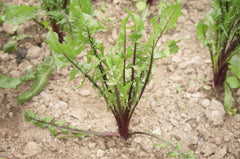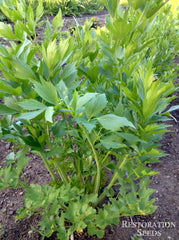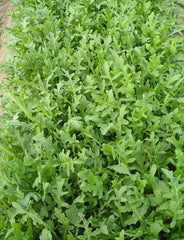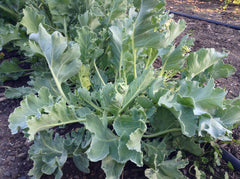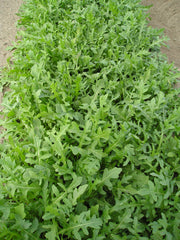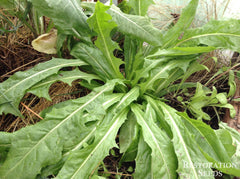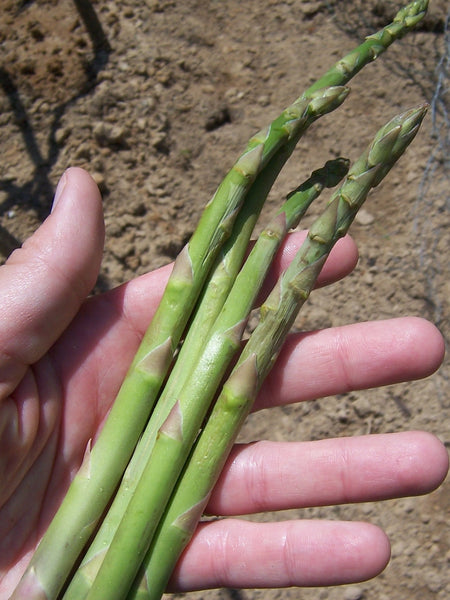Mary Washington asparagus officinalis
Asparagus officinalisDays from maturity calculated from the date of seeding. Average 1,400 seeds per ounce. Federal germination standard: 70%. Usual seed life: 5 years. Isolation distance for seed saving: 2 miles.
Planting Depth 1/4-1/2”
Soil Temp. Germ. 65-80˚F
Days to Germ. 21-56
Plant Spacing 10-15”
Row Spacing 24”
Days To Maturity 3 years
Full Sun, Moist Well Drained
Mary Washington Seed Count
1 Ounce ≈ 1,575 seeds
.25 Pound ≈ 6,300 seeds
- 50 Seeds$3.50
Plants native to the western co...
Plants native to the western coasts of Europe (from northern Spain north to Ireland, Great Britain, and northwest Germany) are treated as Asparagus officinalis subsp. Asparagus has been used as a vegetable and medicine, owing to its delicate flavor, diuretic properties. It is pictured as an offering on an Egyptian frieze dating to 3000 BC. Still in ancient times, it was known in Syria and in Spain. Greeks and Romans ate it fresh when in season and dried the vegetable for use in winter; Romans would even freeze it high in the Alps, for the Feast of Epicurus. Asparagus became available to the New World around 1850, in the United States. The blanching of white asparagus is obtained by the labor intensive hilling cultivation method. Purple asparagus differs from its green and white counterparts, having high sugar and low fiber levels. Delicious asparagus recipes.
Companions:tomatoes, parsley, basil
